Three rotor blades (collectively referred to as the collector) determine the output of the turbine. When you double the diameter of the rotor, you will get four times the output, which is also referred to as the swept area. For example, a ten-foot diameter rotor equals 78.5 square feet of swept area. If you double the rotor size to 20 feet, your swept area quadruples to 314 square feet of swept area. Simply put, larger rotors generate more power.
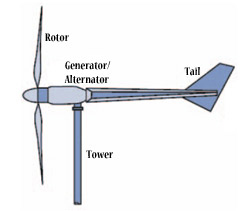
The tail of a wind generator orients the turbine into the wind. When the wind changes direction, it pushes on one side of the tail, swinging the turbine around to face and collect wind energy. In tail-furling designs, the tail is also involved in protecting the turbine from high winds and tail and boom length are designed carefully for weight and area.
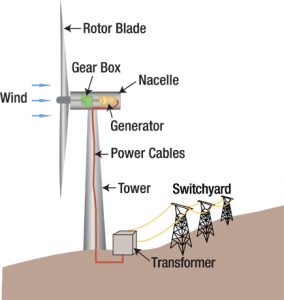
Most modern small-scale wind turbines employ permanent magnet alternators (PMAs). Electricity is generated when a magnetic field passes a wire. In a PMA, magnets move relative to coils of wire (windings).

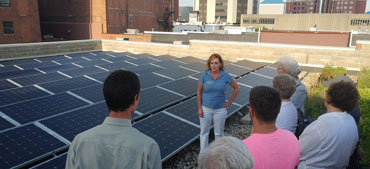
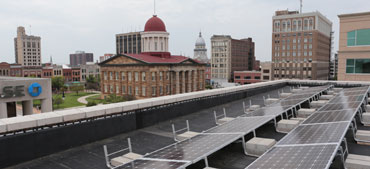
Bringing affordable solar, utilizing American-made products, to all of Illinois
Click here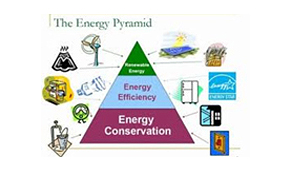
The first step to any renewable energy project is energy efficiency. New advances in the energy management
Read more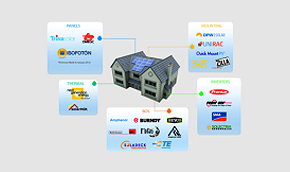
WindSolarUSA, Inc. works with distributors and manufacturers to be able to offer you
Read more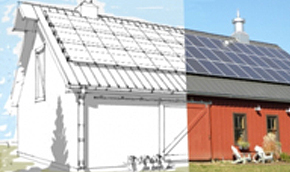
If you can imagine it, we can design it. From flush mounted residential roof mounts, to expansive commercial
Read more
WindSolarUSA, Inc. offers consulting services that can benefit individuals, companies, municipalities,civic
Read more
Are you interested in learning more about renewable energy for your home, business or farm? Take advantage
Read more
Free, no-obligation site visits are included to help you decide if solar is right for you! Want to ensure you have
Read more
Our staff handles all of your permitting and utility applications, renewable energy credit processing
Read more









